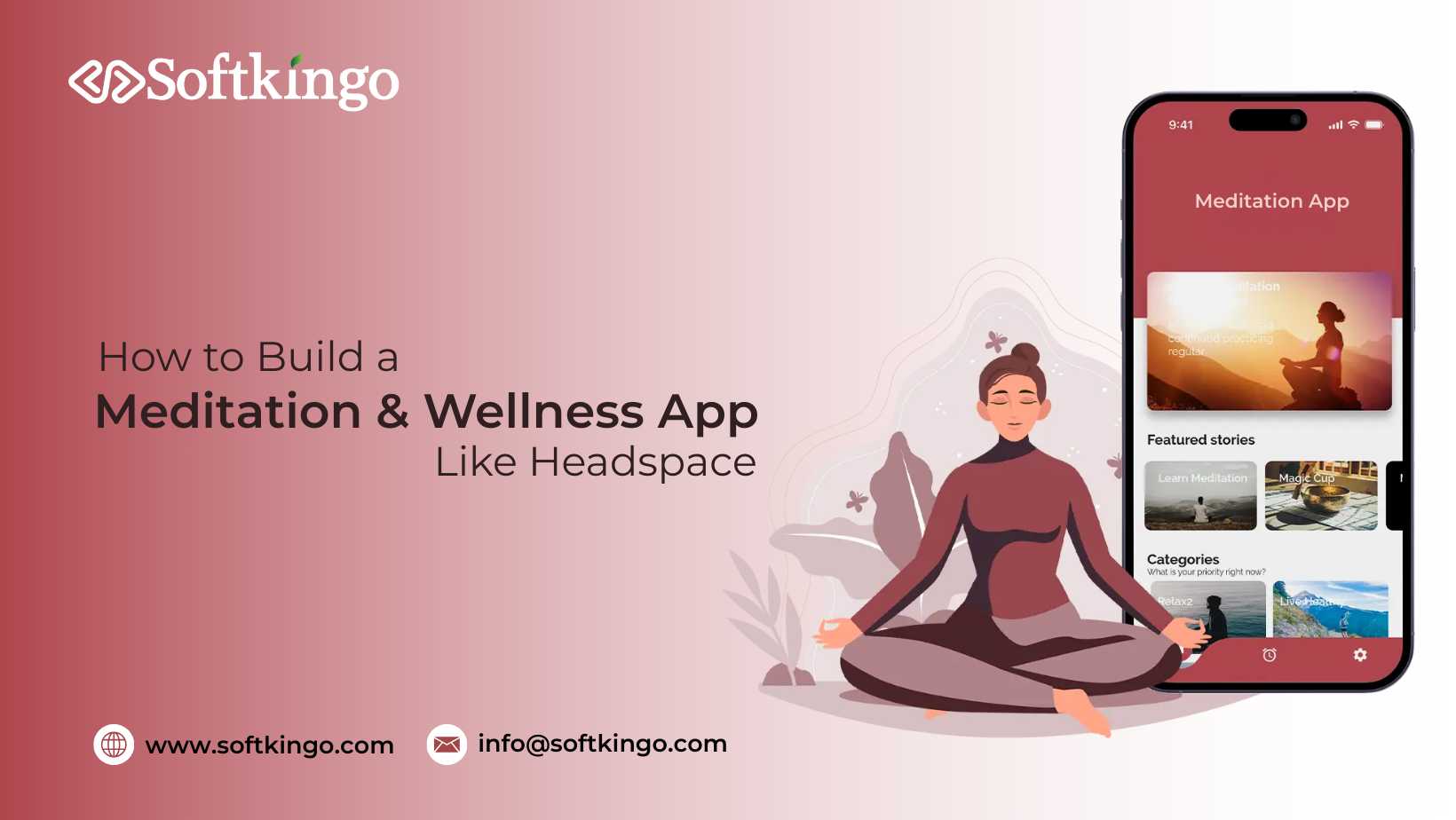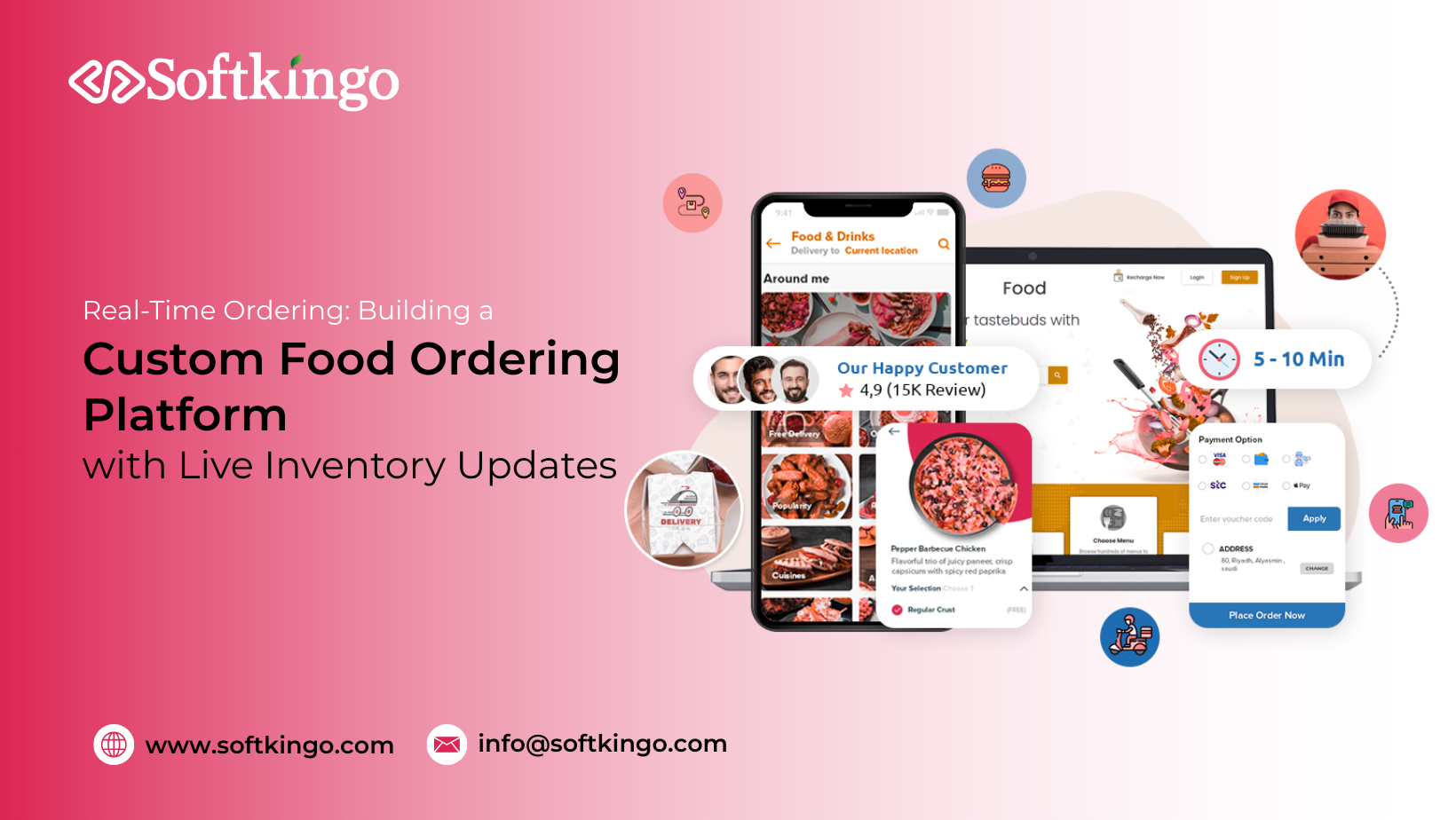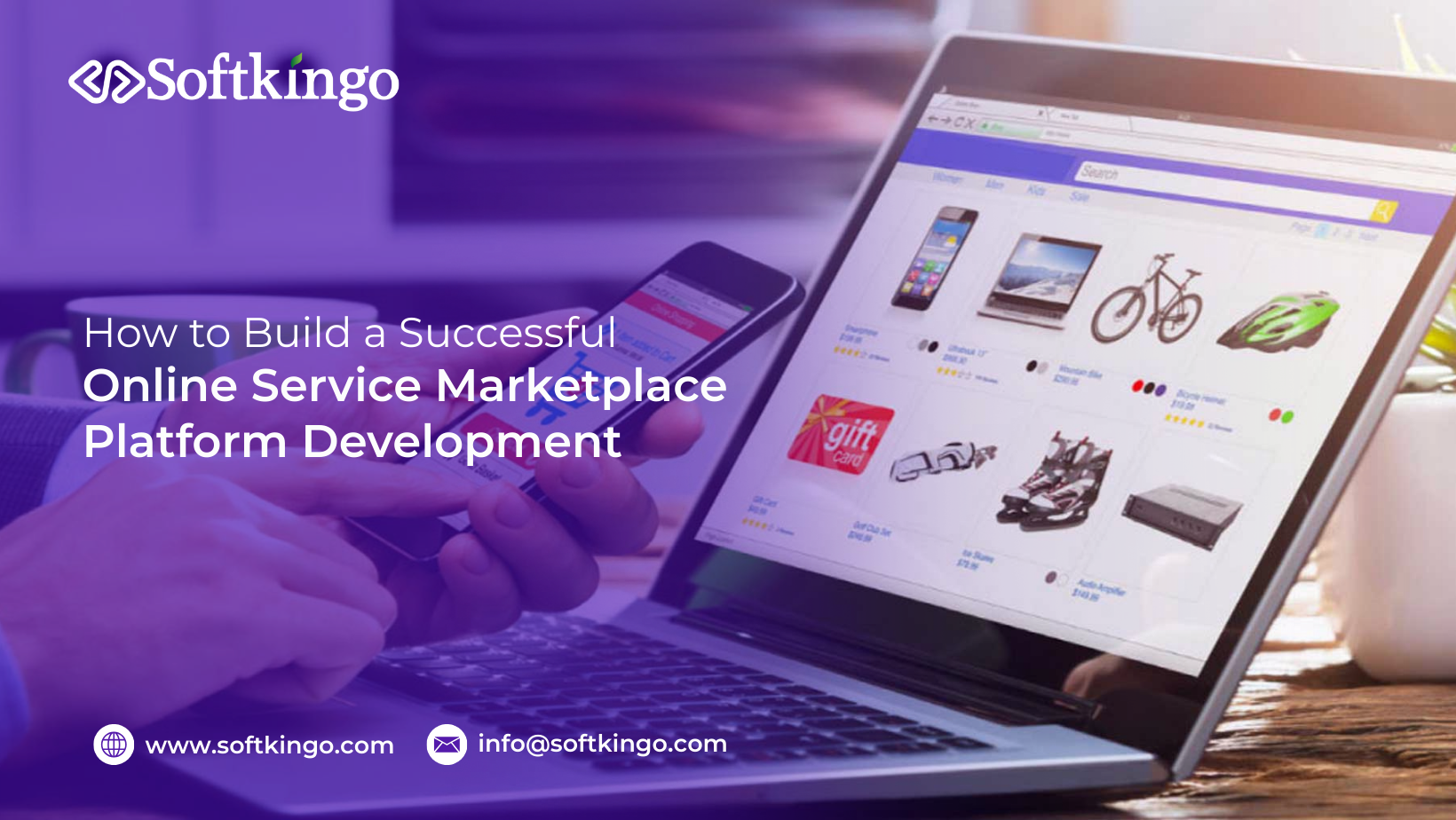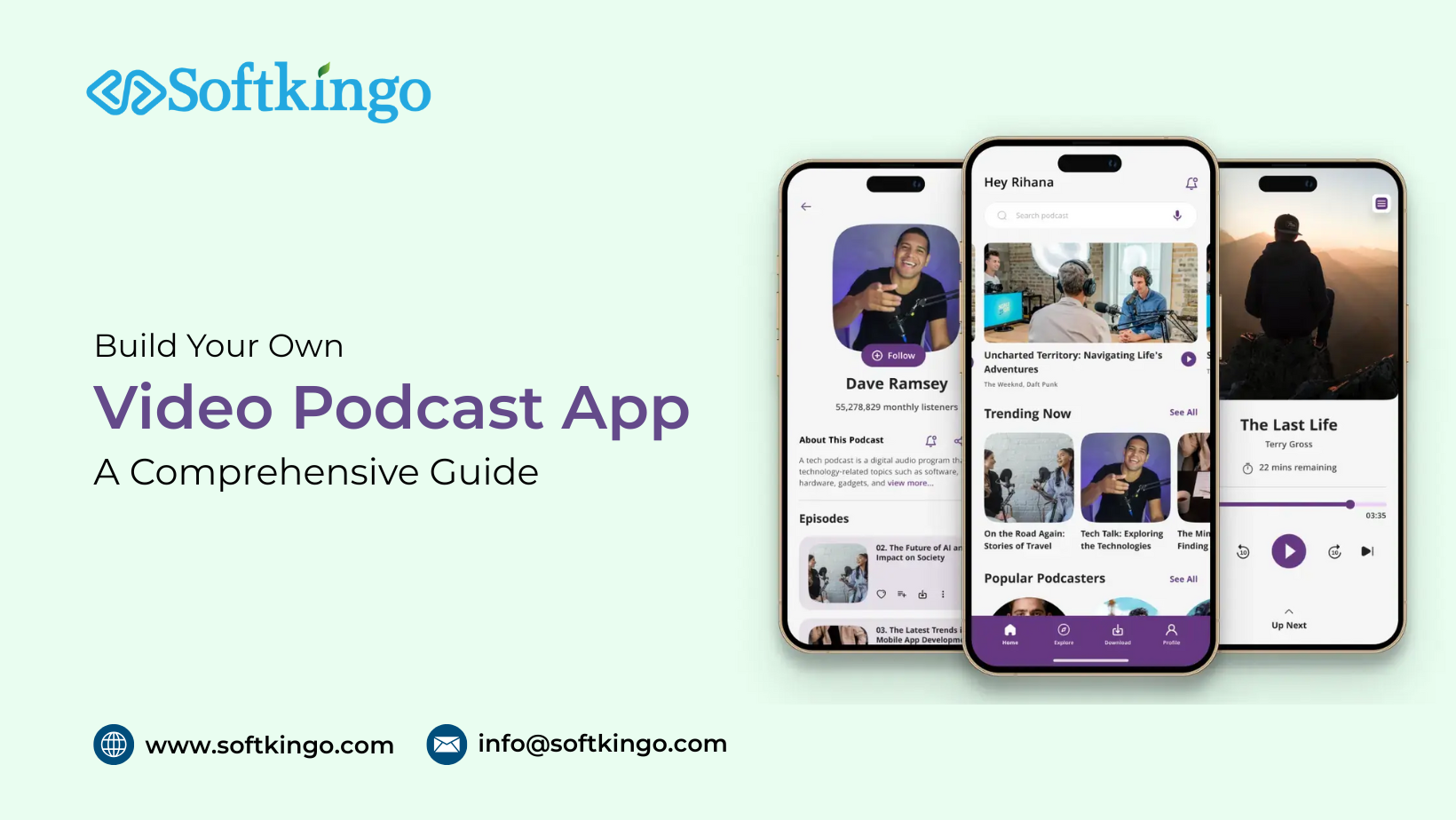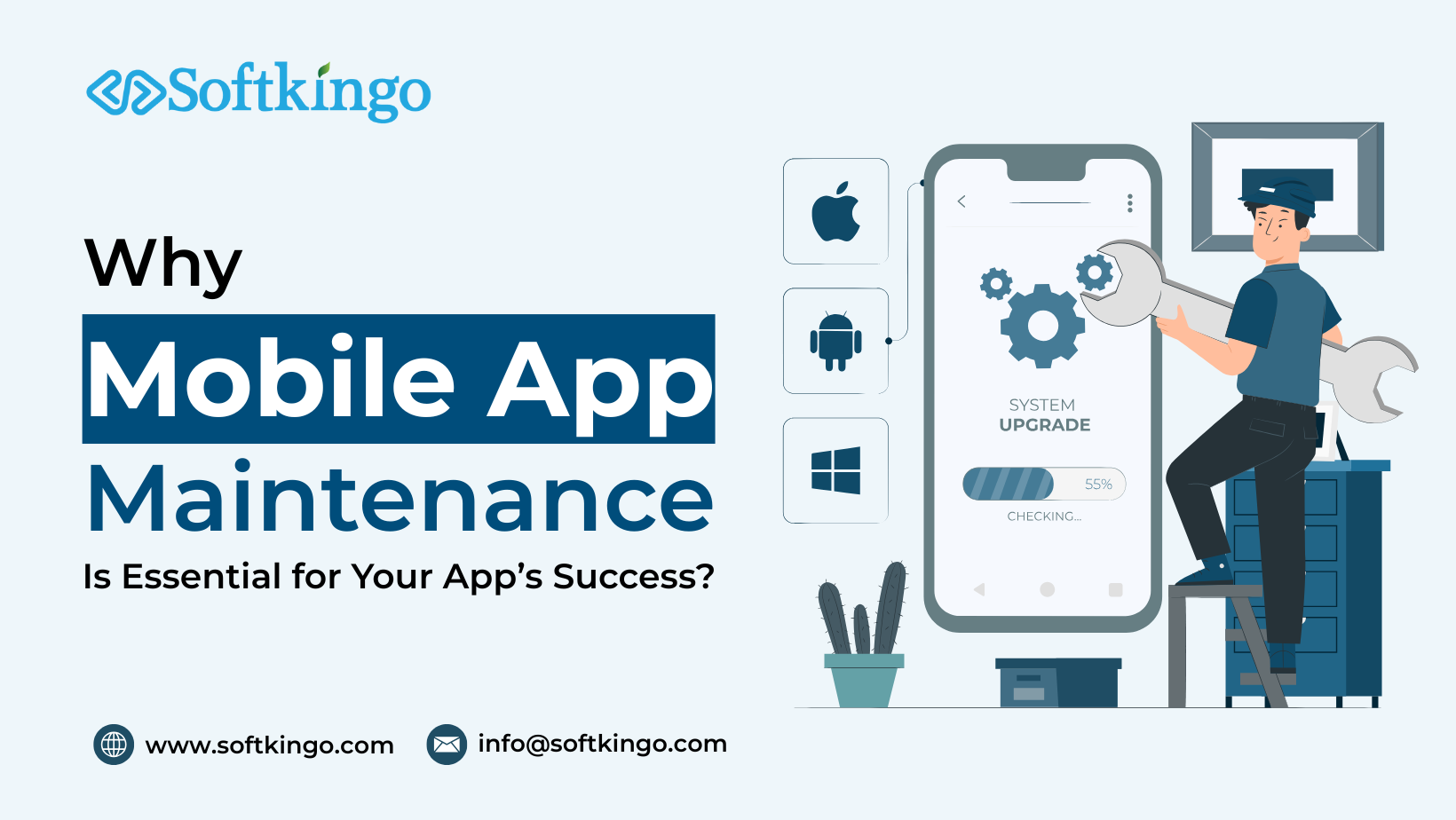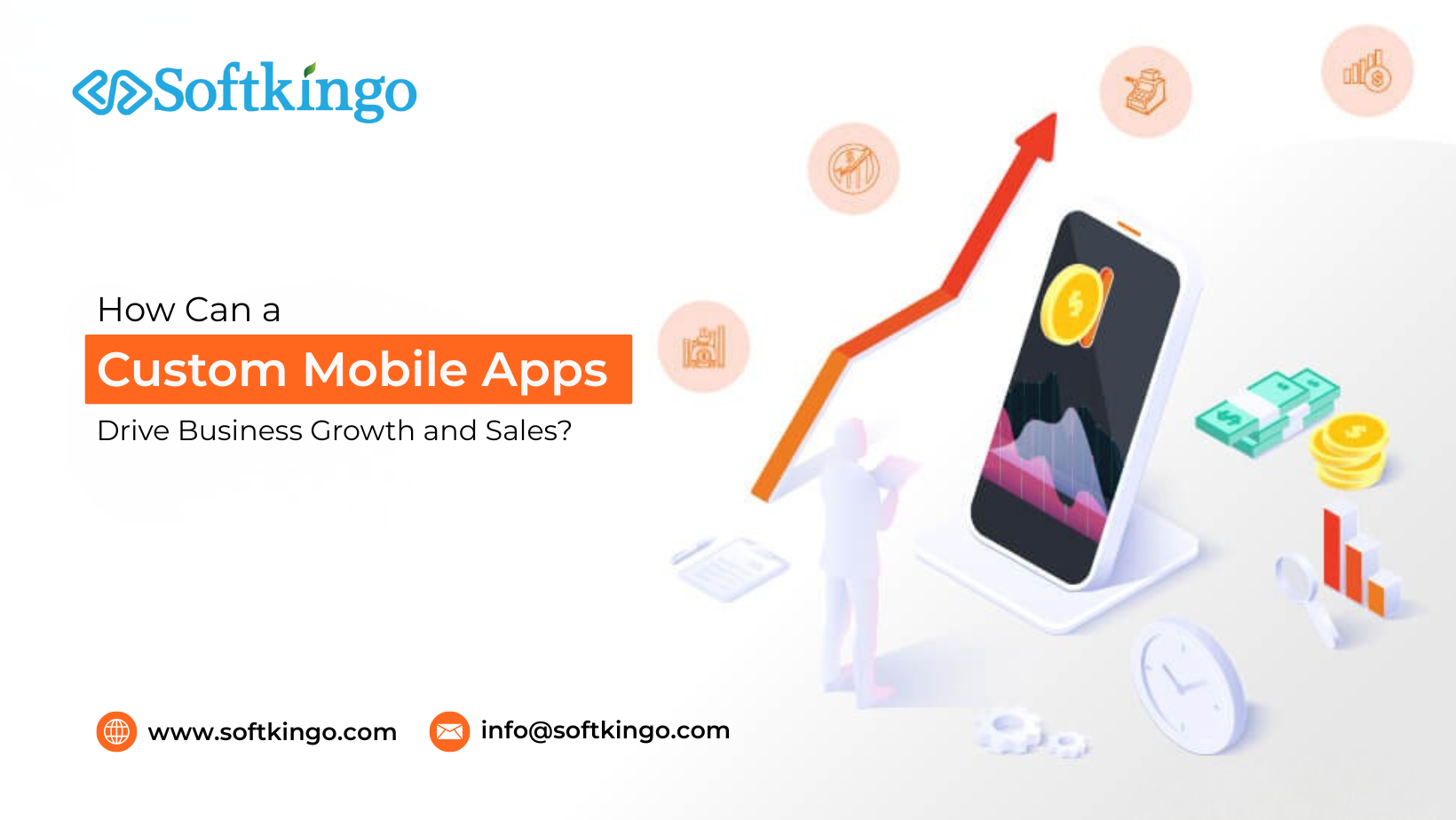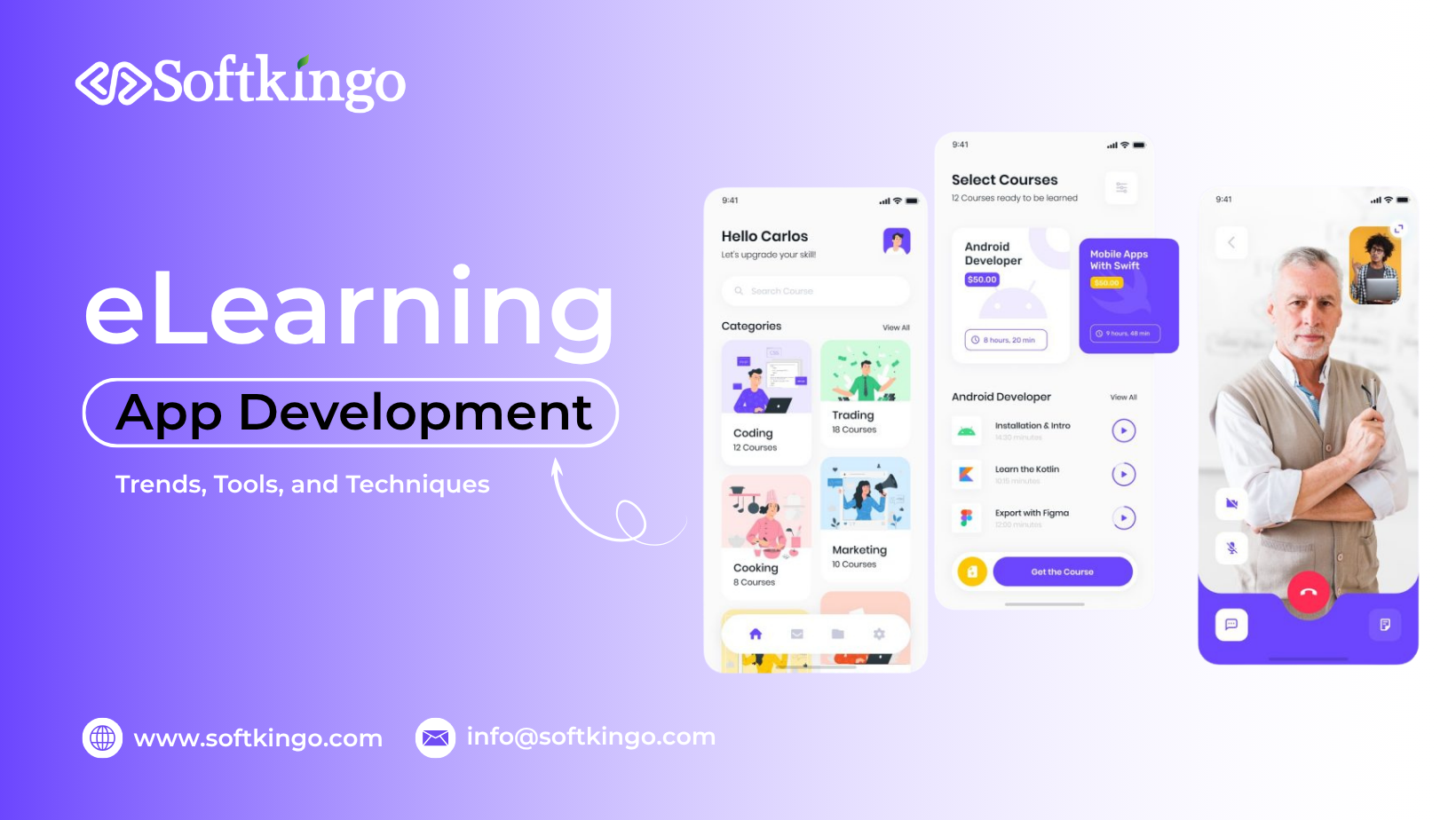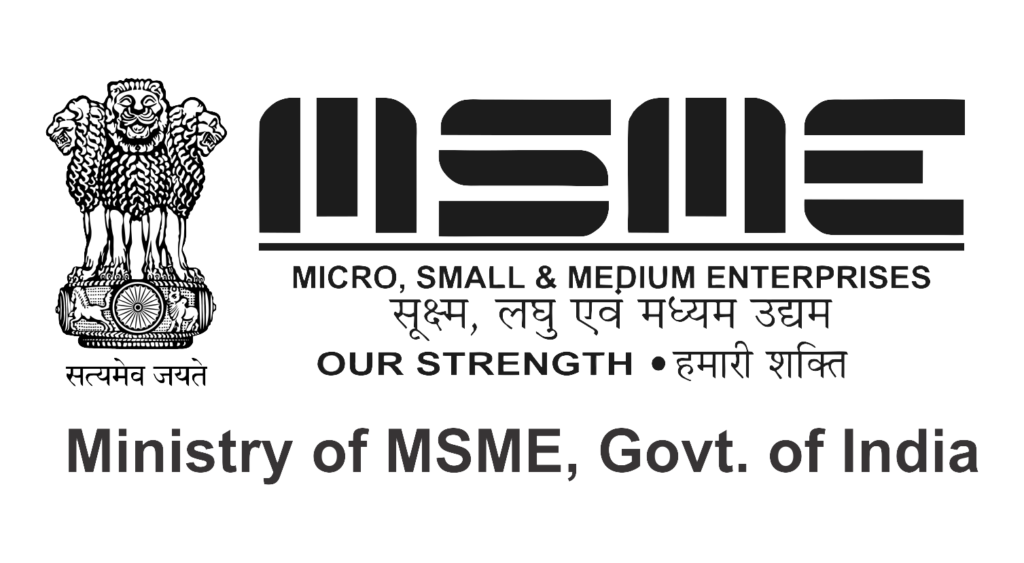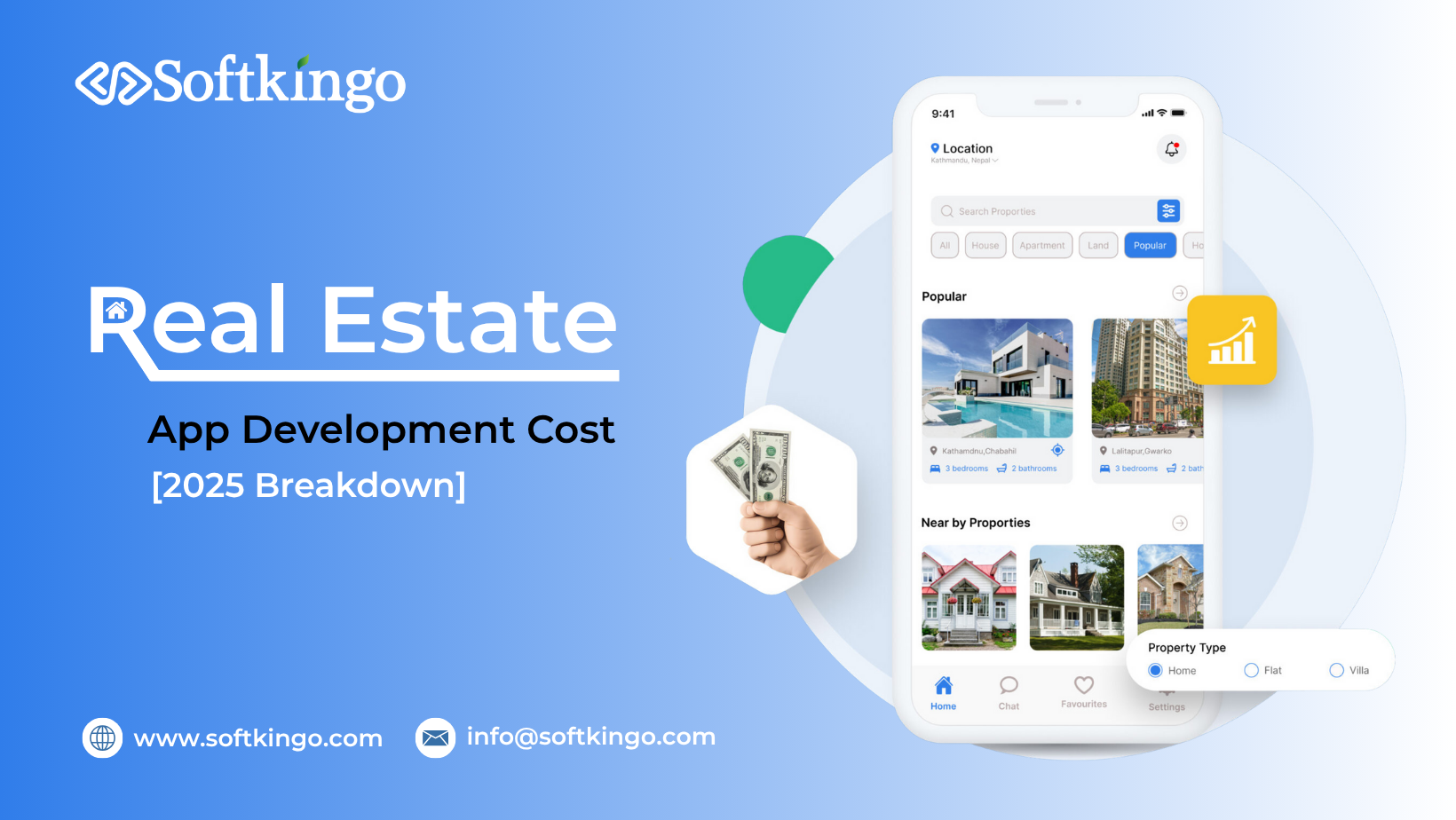
Are you a startup founder looking to create a real estate app? If so, you're probably grappling with some big questions like:
What is the real estate app development cost?
How much should I budget to build an app like Zillow or Realtor.com?
How long does it take to develop a real estate app?
Building a real estate app isn’t just about coding; it’s about careful planning and creating a realistic budget that gets you to launch quickly and avoids expensive mistakes down the line.
The development cost of your app can vary widely depending on factors like the features you want, the complexity of your app, and the technology you choose. Whether you’re building a simple property listing app or a full-featured platform like Zillow or Realtor.com, there’s a wide range of possibilities—and each one comes with its own price tag.
Along with cost, the timeline for building a real estate app is crucial. Typically, development can take anywhere from 2 months for a basic app to over a year for a more sophisticated, feature-rich platform.
The real estate sector is going through a major digital transformation, and the right app could help position your business for long-term success. So it’s important to think about both cost and time carefully to make sure you’re set up for success.
In this blog, we’ll break down what goes into real estate app development, including costs, timelines, and the factors that influence them. This way, you can make smarter decisions, build your app more efficiently, and bring your vision to life faster.
How Much Does Real Estate Application Development Cost?
When it comes to building a real estate app, one of the first questions on every startup founder’s mind is: “How much will it cost to develop a real estate app?”
The short answer is that the development cost can range anywhere from USD 12,000 to USD 40,000+. But the actual figure depends heavily on several factors like the features, app complexity, tech stack, and even the region where your development team is located.
Whether you’re creating a basic MVP (Minimum Viable Product) or aiming for something more complex, like an AI-driven real estate platform, the cost will vary. Here’s a breakdown to give you a clearer picture of what you can expect:
| App Type | MVP | Simple App | Moderate App | Complex App | AI-Assisted App |
|---|---|---|---|---|---|
| Time-Line | 8 weeks to 6 Months | 3 to 6 Months | 5 to 7 Months | 8 to 10 Months | 10 to 12+ Months |
| Development Cost | USD 11,000 to USD 15,000+ | USD 12,000 to USD 16,000+ | USD 15,000 to USD 20,000+ | USD 25,000 to USD 30,000+ | USD 30,000 to USD 40,000+ |
Note: The cost and timeline for developing a real estate app can vary widely based on your specific needs.
Expert Insight: If you're a startup founder looking to build a real estate app, we recommend starting with an MVP (minimum viable product). It’s a great way to test your idea without the high costs of a fully-featured app. The development cost for an MVP is much lower, and you can partner with an MVP development service provider to help bring your idea to life.
Looking for Professionals to Develop Your Real Estate App?
Types of Real Estate Apps & Their Costs
When it comes to building a real estate app, the cost can fluctuate depending on the app type, features, and overall complexity. As an entrepreneur, it’s essential to understand the different real estate business models and their associated development costs.
Here’s a breakdown of the most common types of real estate apps, including their functions and estimated costs:
1. Property Search Apps
These apps let users search for properties to buy or rent based on location, budget, and other criteria.
Estimated Cost:
USD 10,000 – USD 25,000+
Examples:
- Zillow
- Redfin
- Realtor.com
- Trulia
2. Real Estate Marketplace Apps
These apps not only help users search for properties, but they also support buying, selling, and renting transactions.
Estimated Cost:
USD 20,000 – USD 35,000+
Examples:
- Rightmove
- Zoopla
- Idealista
- Homely
3. Home Improvement Apps
Designed for homeowners, tenants, or contractors, these apps assist with planning and managing home improvement projects. They help users visualize designs, budget for projects, and connect with service providers.
Estimated Cost:
USD 15,000 – USD 30,000+
Examples:
- Home Design 3D
- Houzz
- Magicplan
4. Property Management Apps
These apps simplify property management tasks like rent collection, tenant screening, and financial reporting. They streamline operations for landlords and property managers.
Estimated Cost:
USD 20,000 – USD 40,000+
Examples:
- AppFolio
- Buildium
- Yardi Breeze
- Hemlane
5. Real Estate Investment Apps
These apps help users discover investment opportunities in both residential and commercial properties. They often include features like fractional investing, where users can invest smaller amounts.
Estimated Cost:
USD 10,000 – USD 30,000+
Examples:
- CrowdStreet
- EstateGuru
- SmartCrowd
6. Virtual Tour Apps
Virtual tour apps let users view properties remotely via 360-degree virtual tours, cutting out the need for in-person visits.
Estimated Cost:
USD 25,000 – USD 40,000+
Examples:
- Styldod
- My360
- iStaging
7. Real Estate Agent Apps
These apps help agents manage listings, streamline paperwork, and improve overall efficiency. They often include features like virtual tours, appointment scheduling, and client management.
Estimated Cost:
USD 15,000 – USD 35,000+
Examples:
- Redfin Agent
- Dotloop
- ShowingTime
8. Property Mortgage & Financing Apps
These apps simplify the mortgage process by offering loan comparisons, eligibility checks, and document uploads. They allow users to apply for loans directly through the app and receive fast estimates based on their financial data.
Estimated Cost:
USD 25,000 – USD 35,000+
Examples:
- Zillow Mortgages
- Better.com
- Bayut
What Factors Influence the Cost of Developing a Real Estate App?
Several factors play a role in determining the development cost of a real estate app. Key considerations include the app's features, platform, technology stack, and more. Moreover, partnering with an experienced mobile app development company can greatly affect both the cost and timeline of the project.
Here are the main factors that influence the overall cost of developing your app:
1. App Features & Functionality
The complexity of the features you want to include can significantly impact your app’s development cost. Simple features like login, property listings, and search filters are easy to implement. However, adding advanced features such as AI-driven recommendations, AR/VR tours, or chatbots can substantially raise the cost.
| Type | Cost |
|---|---|
| Basic Features | USD 9,500 to USD 20,000+ |
| Advanced Features | USD 25,000 to USD 40,000+ |
2. Platform Choices
Another factor that impacts the overall real estate development cost is the choice of platform. It will cost high if you plan to launch your application on both iOS and Android platforms.
| Platform | Estimated Cost |
|---|---|
| Single Platform | USD 12,000 to USD 25,000+ |
| Cross-Platform | USD 18,000 to USD 40,000+ |
| Native Apps | USD 30,000 to USD 40,000+ |
On the other hand, opting for cross-platform development tools like React Native can help reduce the costs. However, native app development for each platform requires more resources and effort. It is seen that a web-based application also increases the cost of development.
3. UI/UX Design
Another important factor is your real estate app’s UI/UX design. A good design will improve user engagement and trust, which is important for closing high-value real estate transactions.
The design cost varies according to your needs. For example, if you need a customized, highly interactive design with smooth navigation and advanced features that align with the current app design trends, the cost will increase and impact the overall development costs. On the other hand, simple, template-based designs will cost less.
4. App Development Team
One of the most important factors that directly impacts the cost of real estate app development is the location of your real estate app development team. Hiring developers from countries like North America, the UK, and Western Europe will typically cost more due to higher living costs. In contrast, countries like India or Eastern Europe will charge less, and you can access a large pool of skilled and experienced developers.
| Role | Full-Stack Developer | Frontend Developer | Backend Developer | Mobile App Developer | UI/UX Designer | QA Tester | Project Manager |
|---|---|---|---|---|---|---|---|
| United Kingdom | USD 50 – USD 75 | USD 45 – USD 65 | USD 50 – USD 75 | USD 55 – USD 80 | USD 45 – USD 75 | USD 40 – USD 60 | USD 50 – USD 75 |
| United States | USD 60 – USD 95 | USD 55 – USD 85 | USD 60 – USD 90 | USD 65 – USD 95 | USD 50 – USD 85 | USD 45 – USD 70 | USD 55 – USD 85 |
| Australia | USD 55 – USD 100 | USD 70 – USD 90 | USD 65 – USD 95 | USD 75 – USD 100 | USD 55 – USD 80 | USD 50 – USD 75 | USD 60 – USD 100 |
| Saudi Arabia | USD 40 – USD 65 | USD 35 – USD 55 | USD 40 – USD 50 | USD 45 – USD 65 | USD 35 – USD 55 | USD 30 – USD 55 | USD 40 – USD 60 |
| UAE | USD 45 – USD 75 | USD 40 – USD 60 | USD 45 – USD 65 | USD 50 – USD 70 | USD 40 – USD 65 | USD 45 – USD 55 | USD 45 – USD 75 |
| Singapore | USD 55 – USD 85 | USD 50 – USD 65 | USD 55 – USD 85 | USD 60 – USD 95 | USD 50 – USD 85 | USD 45 – USD 70 | USD 55 – USD 90 |
| Brazil | USD 25 – USD 55 | USD 20 – USD 40 | USD 25 – USD 45 | USD 30 – USD 50 | USD 20 – USD 50 | USD 20 – USD 30 | USD 25 – USD 65 |
Note: The above hourly rates are as per our research, they may vary depending on the team’s expertise, project type, and other factors.
5. Technology Stack & Integrations
The tech stack is another factor that directly affects the real estate app development cost. Whether you are choosing native, cross-platform, or web-based solutions, choosing the right tech is important for the future success of your real estate app. So, it is important to make the right decision as any wrong decision will directly affect money, time, and effort.
| Category | Tech Stack | Cost |
|---|---|---|
| Frontend | React Native, Flutter, React.js, Angular | USD 5,000 to USD 10,000+ |
| Backend | Node.js, Django, Laravel, Ruby on Rails | USD 5,000 to USD 12,000+ |
| Database | MySQL, PostgreSQL, MongoDB | USD 1,000 to USD 5,000+ |
| Cloud Hosting | AWS, Google Cloud, DigitalOcean | USD 2,000 to USD 5,000+ |
| Authentication | Firebase Auth, Auth0 | USD 1,500 to USD 5,000+ |
Choosing the right tech stack sets the app’s functionality and scalability. Additionally, integrating advanced technologies like AI/ML, AR/VR, and others can improve the advanced features but may also affect the overall real estate app development costs.
Advanced Technology
| Category | Tech Stack | Cost |
|---|---|---|
| Artificial Intelligence / ML | TensorFlow, PyTorch, etc | USD 5,000 to USD 10,000+ |
| AR / VR | ARKit (iOS), ARCore (Android), Unity 3D | USD 5,000 to USD 15,000+ |
| Real-Time Chat | Firebase, Socket.io | USD 1,000 to USD 3,000+ |
| Enhanced Security | SSL, JWT, AES Encryption | USD 1,000 to USD 5,000+ |
| DevOps & Cloud Scaling | Docker, AWS, Azure | USD 2,000 to USD 5,000+ |
Note: The above cost is to give you a basic idea, it may vary depending on the tech stack you choose.
6. Third-Party APIs & Tools
Integrating third-party services and APIs, such as Google Maps or payment gateway integration, may increase development costs.
| Category | Tech Stack | Cost |
|---|---|---|
| Maps & Location | Google Maps API, Mapbox | USD 2,000 to USD 4,000+ |
| Payment Gateway | Stripe, PayPal | USD 1,000 to USD 3,000+ |
| Basic Analytics | Google Analytics, Mixpanel | Free or USD 1,000+ |
| Social Media Plugins | Email, Push Notifications, Others | USD 3,000 to USD 7,000+ |
| CRM Tools | Salesforce, Zoho | USD 10,000 to USD 15,000+ |
7. App Maintenance & Updates
Continuous maintenance and updates ensure the app’s smooth performance, security, and compatibility. The after-launch maintenance process includes bug fixing, updating APIs, improving app speed, adding new features as per feedback, and responding to the users.
For startups, skipping maintenance and updates can lead to poor user experience, potential revenue loss, and higher customer turnover rates. Typically, maintenance and updates costs range from 15% to 25% of the initial development cost annually, and these costs must be included in your overall budget when planning your real estate app.
Pro Tip: Using an agile app development approach for a successful real estate app allows startups to release updates and new features iteratively. Regular maintenance and incremental improvements help keep the app secure, responsive, and aligned with user needs, reducing long-term costs and enhancing user satisfaction.
What is the Estimated Cost of Popular Real Estate Apps?
When estimating real estate app development costs, looking at popular apps across different regions is helpful. While the actual cost depends on features, technology stack, and design complexity, below are some top real estate apps and the approximate development cost.
| Country | Popular Apps | Estimated Cost |
|---|---|---|
| United Kingdom |
| £25,000 to £200,000+ (USD 33,778 to USD 270,227+) |
| USA |
| USD 30,000 to USD 120,000 |
| Australia |
| USD 60,000 to USD 110,000 |
| Saudi Arabia |
| SAR 75,000 to SAR 375,059 (USD 19,996 to USD 100,000) |
| UAE |
| AED 146,900 to AED 1,101,749 (USD 40,000 to USD 300,000) |
| Singapore |
| USD 75,000 to USD 150,000 |
| Brazil |
| USD 70,000 to USD 130,000 |
Note: The above cost is based on our research and market analysis. However, the actual development cost may vary.
What Are the Hidden Costs in Real Estate App Development?
When you're planning to develop a real estate app, it's easy to focus solely on the obvious expenses: features, design, and development. But there are a number of hidden costs that can quickly add up if you're not careful. Failing to account for these factors can lead to a significant increase in the total cost of your real estate app.
Here are some important hidden costs to keep in mind as you plan your development budget:
1. App Store Fees & Compliance Costs
Launching your app on platforms like the App Store or Google Play may seem straightforward, but there are annual fees and compliance costs you need to consider:
App Store Fees: $99/year for an iOS developer account.
Google Play Fees: $25 (one-time) for an Android developer account.
Platform Commissions: Both app stores take a cut of in-app purchases or subscriptions, up to 30% of the revenue.
Hidden Cost: Around 10-15% of the overall development cost.
Solution: In the early stages, review the app store guidelines carefully and adopt monetization models that balance commission fees, like subscription-based or ad-supported models.
2. Server & Hosting Charges
Your app will likely rely heavily on media content like property images, videos, maps, and location data, all of which require robust server infrastructure:
Cloud storage for large files adds to costs.
High-traffic spikes demand scalable hosting solutions.
Poorly chosen servers can lead to slow app performance and poor user experience.
Hidden Cost: 5-10% of the total development cost.
Solution: Use cloud platforms like AWS, Google Cloud, or Azure to optimize costs with scalable solutions.
3. Regular Maintenance & Security Updates
App development doesn’t stop after launch. Your app will need regular updates for:
Bug fixes
OS compatibility checks (iOS and Android updates)
Security patches for vulnerabilities
Failure to keep up with updates can result in poor user experience and security risks.
Hidden Cost: 15-20% annually of your app’s total development cost.
Solution: Adopt agile development practices and plan for quarterly updates to manage costs and keep the app competitive and secure.
4. Marketing & User Acquisition
Developing an app is just the start. The real challenge is getting users to download and engage with your platform. Marketing efforts often include:
Paid campaigns: Google Ads, Facebook Ads, etc.
Influencer or affiliate marketing: These strategies add recurring costs.
Real estate competition: Increased competition means higher cost-per-click (CPC) on ads.
Hidden Cost: 20-30% of the total development cost.
Solution: Start with SEO, content marketing, and social media to build an organic user base. Once you've validated the market, scale up with paid campaigns.
5. Legal & Regulatory Compliance
Real estate apps handle sensitive data (like user information and transactions), which means compliance with local laws and data privacy regulations is essential:
GDPR, CCPA, and other data protection regulations require investment in compliance.
Real estate laws vary regionally, which can lead to additional costs.
Drafting contracts and terms of service professionally is necessary.
Hidden Cost: 5-10% of the development cost.
Solution: Partner with an experienced real estate app development company that understands legal and compliance requirements. Plan for these aspects early on.
How Can Startups Reduce Real Estate App Development Costs?
While hidden costs are inevitable, there are smart strategies to reduce the overall cost of building a real estate app. Here are some ways to help startups save money without compromising quality:
1. Build an MVP First, Not a Full-Scale App
Instead of diving into a full-featured app, consider developing a Minimum Viable Product (MVP). This allows you to focus on the core features, validate your idea, and get user feedback at a much lower cost before scaling up.
2. Use Cross-Platform Frameworks (Flutter, React Native)
Developing separate native apps for iOS and Android can double your development costs. Instead, use cross-platform frameworks like Flutter or React Native, which allow you to build one codebase for both platforms, saving time and money.
3. Leverage Ready-Made APIs Instead of Building from Scratch
Building custom features like payment gateways, maps, or user authentication from scratch is costly and time-consuming. Instead, integrate pre-built APIs that provide these services, which is more cost-effective and will speed up development.
4. Outsource to Cost-Effective but Skilled Regions
Hiring developers in high-cost regions like the US, UK, or Australia can be expensive. Consider outsourcing to regions with skilled talent but lower labor costs, such as Eastern Europe, India, or South Asia, where you can find high-quality developers at a fraction of the price.
5. Adopt Agile Development to Prioritize Features
With agile development, you can break your app development into smaller sprints and focus on high-priority features first. This allows you to release early versions of the app, gather user feedback, and avoid overspending on unimportant features.
6. Use Cloud-Based Infrastructure for Scaling
Opting for traditional infrastructure can lead to high upfront costs and ongoing maintenance. Instead, use cloud-based services like AWS, Google Cloud, or Microsoft Azure. These services charge based on usage, so you only pay for what you need, and you can easily scale as your user base grows.
Conclusion
Developing a real estate app is an exciting venture, but it requires careful budgeting and planning. By accounting for hidden costs like app store fees, server costs, marketing, legal compliance, and ongoing maintenance, you can ensure your app’s development stays on track financially.
At the same time, using smart strategies like developing an MVP first, using cross-platform frameworks, and outsourcing development can help reduce costs and improve your app’s time to market. With these insights, you’ll be better prepared to build a successful app that meets user expectations without breaking the bank.
At Softkingo, we help startups navigate the complexities of real estate app development. From planning and development to marketing and scaling, we provide expert guidance to help you bring your real estate app vision to life without exceeding your budget.
Paramhans Singh is the CEO and founder of Softkingo Technologies, bringing over 8 years of experience in delivering custom software solutions that help startups and enterprises achieve their business goals. He has successfully validated more than 220 app and website ideas and delivered over 100 tailored solutions, utilizing a range of technologies such as Swift, Kotlin, React Native, Flutter, PHP, RoR, IoT, AI, NFC, AR/VR, Blockchain, and NFTs.



